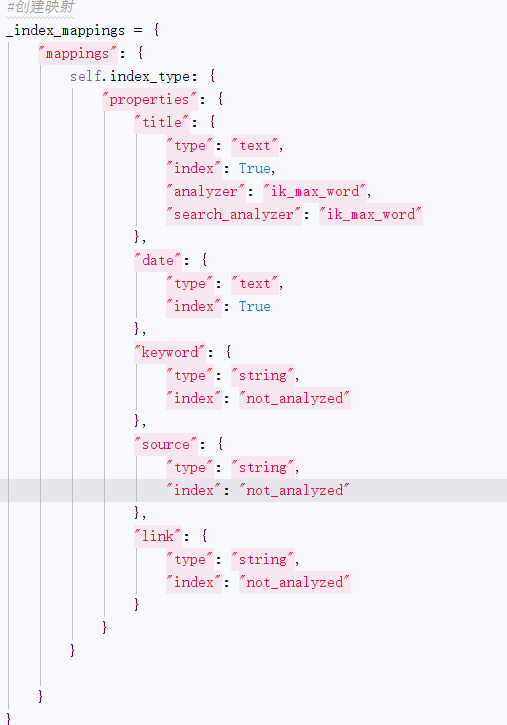Python实现 多进程导入CSV数据到 MySQL
前段时间帮同事处理了一个把 CSV 数据导入到 MySQL 的需求。两个很大的 CSV 文件, 分别有 3GB、2100 万条记录和 7GB、3500 万条记录。对于这个量级的数据,用简单的单进程/单线程导入 会耗时很久,最终用了多进程的方式来实现。具体过程不赘述,记录一下几个要点:
- 批量插入而不是逐条插入
- 为了加快插入速度,先不要建索引
- 生产者和消费者模型,主进程读文件,多个 worker 进程执行插入
- 注意控制 worker 的数量,避免对 MySQL 造成太大的压力
- 注意处理脏数据导致的异常
- 原始数据是 GBK 编码,所以还要注意转换成 UTF-8
- 用 click 封装命令行工具
具体的代码实现如下:
#!/usr/bin/env python
# -*- coding: utf-8 -*-
import codecs
import csv
import logging
import multiprocessing
import os
import warnings
import click
import MySQLdb
import sqlalchemy
warnings.filterwarnings('ignore', category=MySQLdb.Warning)
# 批量插入的记录数量
BATCH = 5000
DB_URI = 'mysql://root@localhost:3306/example?charset=utf8'
engine = sqlalchemy.create_engine(DB_URI)
def get_table_cols(table):
sql = 'SELECT * FROM `{table}` LIMIT 0'.format(table=table)
res = engine.execute(sql)
return res.keys()
def insert_many(table, cols, rows, cursor):
sql = 'INSERT INTO `{table}` ({cols}) VALUES ({marks})'.format(
table=table,
cols=', '.join(cols),
marks=', '.join(['%s'] * len(cols)))
cursor.execute(sql, *rows)
logging.info('process %s inserted %s rows into table %s', os.getpid(), len(rows), table)
def insert_worker(table, cols, queue):
rows = []
# 每个子进程创建自己的 engine 对象
cursor = sqlalchemy.create_engine(DB_URI)
while True:
row = queue.get()
if row is None:
if rows:
insert_many(table, cols, rows, cursor)
break
rows.append(row)
if len(rows) == BATCH:
insert_many(table, cols, rows, cursor)
rows = []
def insert_parallel(table, reader, w=10):
cols = get_table_cols(table)
# 数据队列,主进程读文件并往里写数据,worker 进程从队列读数据
# 注意一下控制队列的大小,避免消费太慢导致堆积太多数据,占用过多内存
queue = multiprocessing.Queue(maxsize=w*BATCH*2)
workers = []
for i in range(w):
p = multiprocessing.Process(target=insert_worker, args=(table, cols, queue))
p.start()
workers.append(p)
logging.info('starting # %s worker process, pid: %s...', i + 1, p.pid)
dirty_data_file = './{}_dirty_rows.csv'.format(table)
xf = open(dirty_data_file, 'w')
writer = csv.writer(xf, delimiter=reader.dialect.delimiter)
for line in reader:
# 记录并跳过脏数据: 键值数量不一致
if len(line) != len(cols):
writer.writerow(line)
continue
# 把 None 值替换为 'NULL'
clean_line = [None if x == 'NULL' else x for x in line]
# 往队列里写数据
queue.put(tuple(clean_line))
if reader.line_num % 500000 == 0:
logging.info('put %s tasks into queue.', reader.line_num)
xf.close()
# 给每个 worker 发送任务结束的信号
logging.info('send close signal to worker processes')
for i in range(w):
queue.put(None)
for p in workers:
p.join()
def convert_file_to_utf8(f, rv_file=None):
if not rv_file:
name, ext = os.path.splitext(f)
if isinstance(name, unicode):
name = name.encode('utf8')
rv_file = '{}_utf8{}'.format(name, ext)
logging.info('start to process file %s', f)
with open(f) as infd:
with open(rv_file, 'w') as outfd:
lines = []
loop = 0
chunck = 200000
first_line = infd.readline().strip(codecs.BOM_UTF8).strip() + '\n'
lines.append(first_line)
for line in infd:
clean_line = line.decode('gb18030').encode('utf8')
clean_line = clean_line.rstrip() + '\n'
lines.append(clean_line)
if len(lines) == chunck:
outfd.writelines(lines)
lines = []
loop += 1
logging.info('processed %s lines.', loop * chunck)
outfd.writelines(lines)
logging.info('processed %s lines.', loop * chunck + len(lines))
@click.group()
def cli():
logging.basicConfig(level=logging.INFO,
format='%(asctime)s - %(levelname)s - %(name)s - %(message)s')
@cli.command('gbk_to_utf8')
@click.argument('f')
def convert_gbk_to_utf8(f):
convert_file_to_utf8(f)
@cli.command('load')
@click.option('-t', '--table', required=True, help='表名')
@click.option('-i', '--filename', required=True, help='输入文件')
@click.option('-w', '--workers', default=10, help='worker 数量,默认 10')
def load_fac_day_pro_nos_sal_table(table, filename, workers):
with open(filename) as fd:
fd.readline() # skip header
reader = csv.reader(fd)
insert_parallel(table, reader, w=workers)
if __name__ == '__main__':
cli()
以上就是本文给大家分享的全部没人了,希望大家能够喜欢



